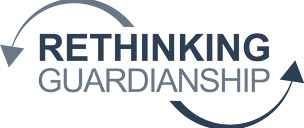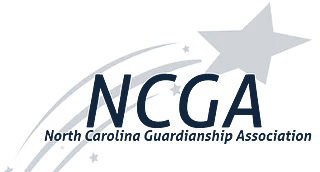Savers can put more money into their retirement accounts in 2019. The IRS announced on Thursday that under annual inflation adjustments, the agency would increase the limits on 401(k) and IRA contributions for next year.
The cap on annual contributions to a traditional and Roth IRA, which hadn’t changed since 2013, will rise to $6,000 from $5,500. The catch-up contribution to these accounts for those ages 50 and over remains unchanged at $1,000, according to the IRS. Employees who participate in a 401(k), 403(b), most 457 plans, and the federal government’s Thrift Savings Plan will be able to set aside up to $19,000 before taxes next year, up from $18,500.
The option to put an extra $500 each into an IRA and a 401(k) might not seem like all that much. But it could save investors big-time in the long run. For someone who starts contributing at age 30 and retires at age 67, the extra $1,000 a year adds up to an additional $134,000 in retirement savings at a 6% return, according to Arielle O’Shea, an investing and retirement specialist at NerdWallet.
For people who can’t come up with the extra $1,000 to max out both accounts, it’s important to compare options when deciding between contributing to a 401(k) or an IRA. A good rule of thumb is that if your employer offers a 401(k) with a company match, try to contribute at least enough to get the maximum matching dollars possible. Consider putting the rest into a Roth IRA in order to work towards more tax-free savings for retirement.
Regardless of what the IRS contributions on retirement accounts are, investors should aim to increase the amount they deposit each year, O’Shea says. A retirement calculator can help you figure out if you’re on track.





















0 comments